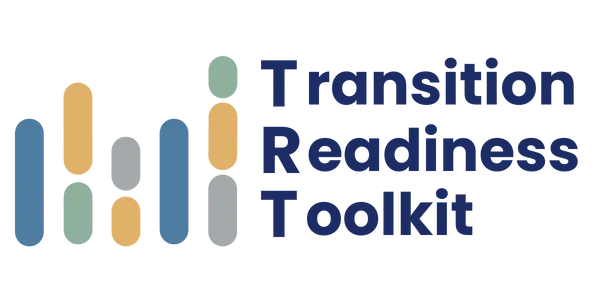By Allison R. Fleming, Brian N. Phillips, Tim Riesen, and Aimee Langone
Journal of Vocational Rehabilitation (2024), Volume 60, Issue 2, Pages 197-209 https://doi.org/10.3233/JVR-240006
This article presents a solution to a persistent challenge in vocational rehabilitation: the lack of practical tools to evaluate the effectiveness of Pre-Employment Transition Services (Pre-ETS). Since the passage of WIOA in 2014, states have been required to allocate 15% of their VR funds to these services, yet many lack the means to measure outcomes. The Transition Readiness Toolkit (TRT) was developed to address this gap, providing a way for providers and agencies to track student growth.
Background
WIOA’s requirements greatly expanded the number of students eligible for Pre-ETS, placing significant pressure on state agencies. However, initial implementation lacked mechanisms for ongoing evaluation. Traditional data collection methods like RSA-911 fall short—they track services, but not the quality or outcomes.
The Transition Readiness Toolkit
The TRT includes 10 youth-friendly measurement tools aligned with WIOA’s five core Pre-ETS areas. It also features an online platform that enables real-time reporting and visualization of results. Importantly, it’s designed for ease of use and accessibility, with items written at or below a 4th-grade level.
Implementation and Key Features
Initially piloted by the Utah State Office of Rehabilitation, the TRT was later expanded to five additional states. The toolkit supports providers through real-time data dashboards, enabling them to tailor services to meet student needs and track progress over time. Pre-post measures typically take less than three minutes to complete, either online or on paper. Tools are available in observer and student-report formats.
Results and Outcomes
More than 12,000 student responses have been collected. On average, students demonstrate significant improvement in each area. These improvements are immediately visible to providers, enabling them to evaluate service effectiveness and determine when to discontinue services.
Broader Implications and Policy Reflections
The TRT aligns with recent federal initiatives like the Evidence-Based Policymaking Act, which calls for more rigorous evaluation in public programs. The authors argue that tools like the TRT are essential for building a culture of continuous improvement, accountability, and stakeholder engagement. They also suggest that shared metrics across states could offer cost savings and improve national understanding of Pre-ETS impact.
Conclusion
The TRT helps agencies go beyond compliance to real impact. It supports data-driven decision-making, allowing providers to adjust services in real-time, and provides agencies with the tools to monitor and improve outcomes. With support from stakeholders, leadership, and investment in training, this toolkit is helping shape the future of effective, student-centered transition services.
